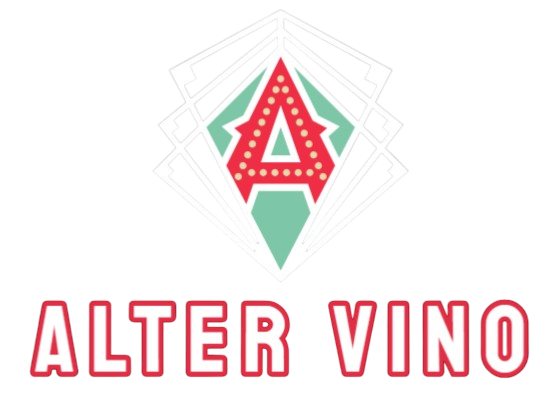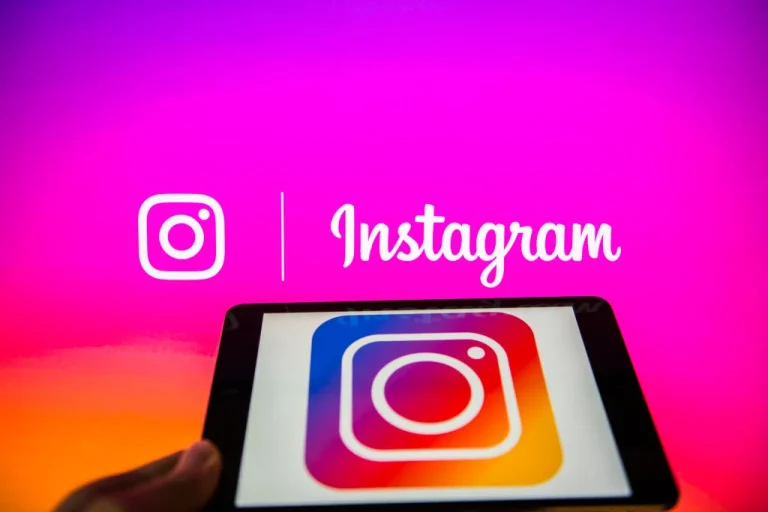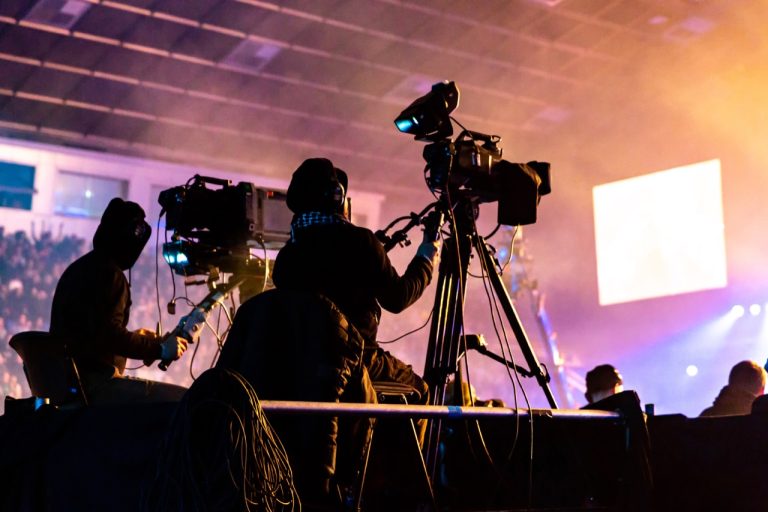
The art world has been revolutionized by the rise of Non-Fungible Tokens (NFTs), paving the way for a new era of digital art. The latest nft news have created a unique opportunity for artists to showcase and sell their work in a decentralized and transparent manner, providing a digital art revolution that is transforming the way we perceive and value art.
NFTs are digital assets that utilize blockchain technology to authenticate and verify ownership of a specific piece of digital art. Each NFT is unique and cannot be replicated, making it different from cryptocurrencies like Bitcoin or Ethereum. This uniqueness and scarcity are what give NFTs their value and have propelled the digital art market to new heights.
One of the significant advantages of NFTs is that they provide artists with the ability to sell their work directly to collectors without the need for intermediaries such as galleries or auction houses. This decentralized approach empowers artists by allowing them to retain more control over their creations and earn a more significant portion of the sales proceeds. Moreover, latest nft news enable artists to reach a global audience, breaking down the barriers imposed by physical limitations.
The introduction of NFTs has also sparked a conversation about the concept of ownership in the digital age. Traditionally, owning a physical artwork meant having a tangible piece that could be displayed or stored. However, NFTs have challenged this notion by allowing collectors to possess and trade digital assets that exist solely in the virtual realm. This shift in perception has widened the scope of art appreciation and collectors’ possibilities, opening up a whole new world of creative expression.
These NFTs have not only transformed the art market but have also redefined the relationship between artists and their audience. Through the use of blockchain technology, artists can maintain a direct connection with their fans and supporters. They can interact with their audience, offer limited editions or perks, and receive direct feedback. This level of engagement and transparency creates a more intimate and collaborative environment for artistic expression.
However, like any emerging technology, NFTs have faced their share of challenges and criticisms. Concerns about the environmental impact of blockchain networks and the carbon footprint associated with minting and trading NFTs have been raised. There is also a need for clearer regulation and protection for artists and collectors in this new digital landscape.
Despite these challenges, NFTs have undeniably ushered in a digital art revolution. They have democratized the art market, empowered artists, and reshaped the perception of ownership in the digital age. The potential applications of NFTs extend beyond visual art, as they can be used for music, literature, virtual real estate, and even virtual experiences. The art world will continue to evolve as technology advances, and NFTs are at the forefront of this transformative journey, bridging the gap between the physical and the digital and opening up a world of endless possibilities for artists and art enthusiasts alike.







